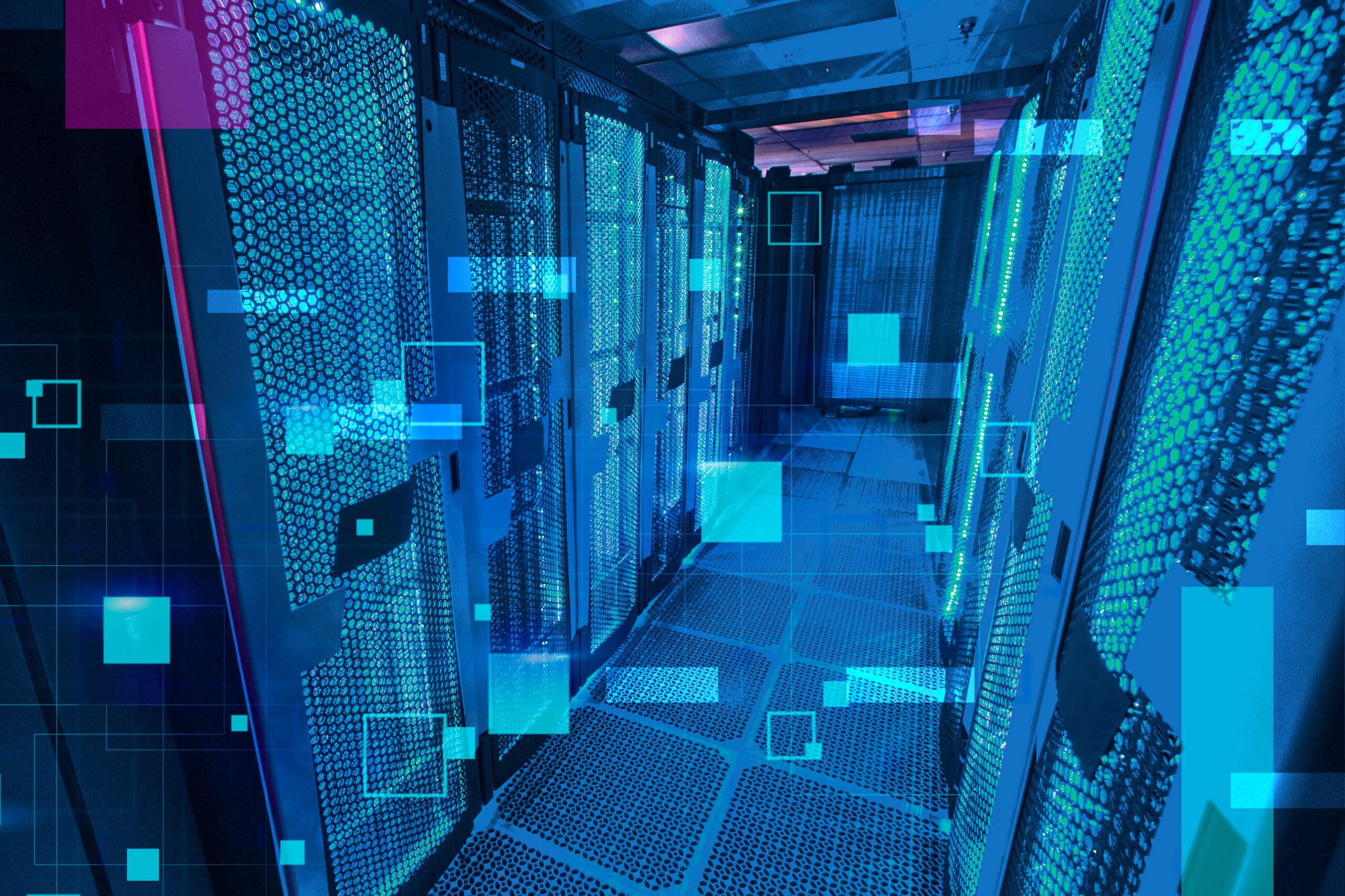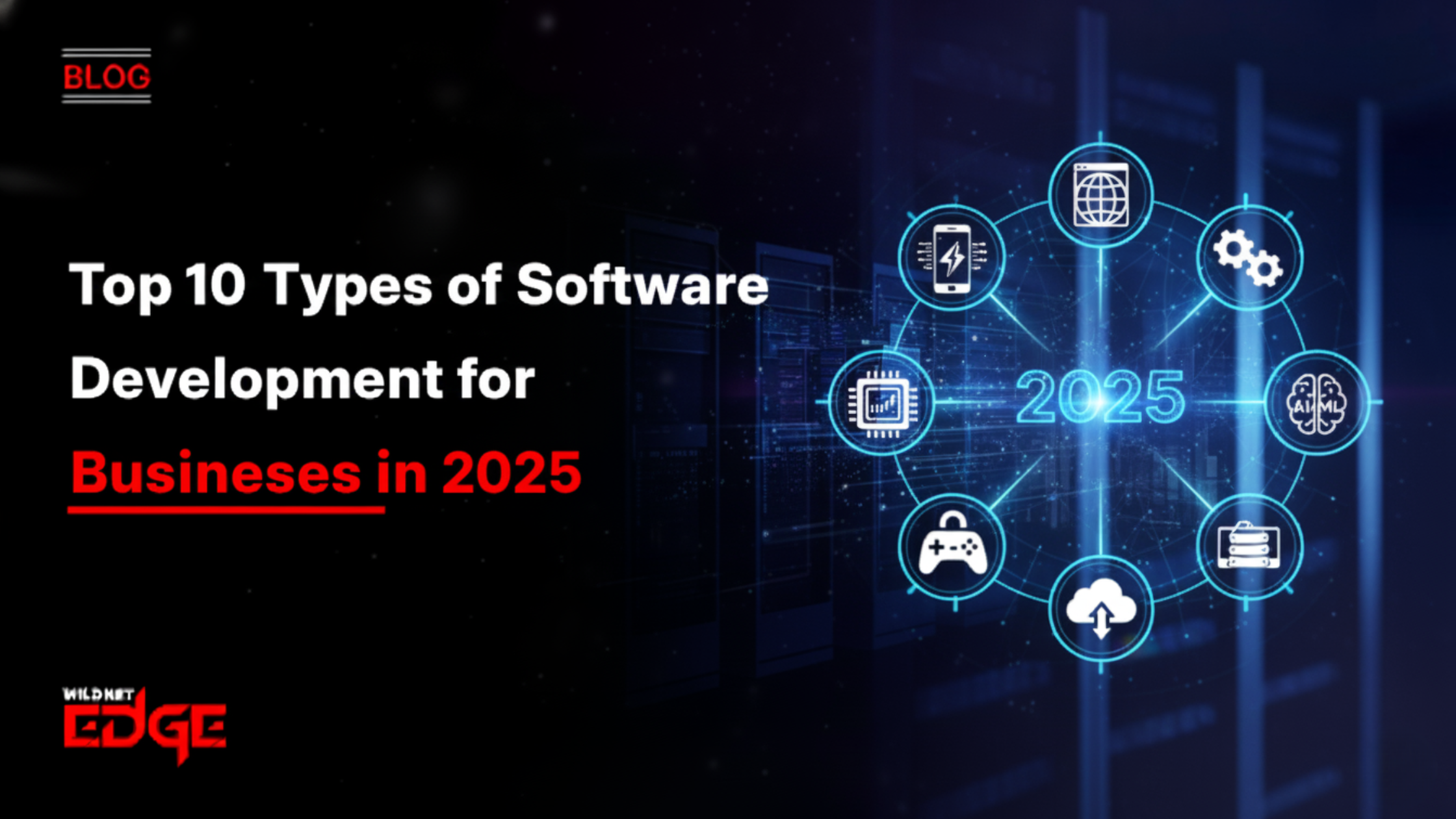In today’s fast-paced digital environment, edge computing solutions have emerged as essential tools that enhance real-time data processing capabilities for various organizations. Unlike traditional cloud computing, which relies on centralized data centers, edge computing pushes data processing and analysis closer to the data source. This reduces latency and alleviates bandwidth demand while improving response times for critical applications. However, implementing edge computing solutions isn’t without its challenges. From establishing a reliable infrastructure to ensuring seamless integration with existing systems, organizations often grapple with multiple hurdles.
Are you struggling with latency issues? How can edge computing enhance your operations? By focusing on deploying a robust architecture, businesses can effectively utilize edge computing solutions to streamline their processes and optimize their technological landscape.
Understanding Edge Computing Solutions Architecture
Key Components of Edge Computing Solutions Architecture
Creating an effective edge computing solutions architecture requires understanding its key components. The fundamental elements include:
- Edge Devices: These are the hardware units that create, process, and transmit data. They include IoT sensors, gateways, and other computing devices located near the data source.
- Edge Servers: Positioned between edge devices and central data centers, edge servers manage data traffic, perform computations, and store data locally.
- Networking Infrastructure: Reliable connectivity between edge devices and systems is crucial. This encompasses routers, switches, and wireless communication technologies that ensure data moves seamlessly.
- Data Management Systems: These systems provide the necessary frameworks to collect, store, and analyze data processed at the edge. Implementing a solid data management strategy facilitates insights generation.
A well-structured architecture ensures that edge computing solutions operate efficiently, minimizing latency and avoiding the data bottlenecks associated with centralized systems.
Benefits of a Robust Edge Computing Solutions Architecture
A well-planned architecture for edge computing solutions offers numerous advantages. For example, a leading healthcare provider adopted edge computing solutions to optimize patient care. With a robust edge architecture, they ensured that crucial data from medical devices was processed in real-time, leading to quicker responses from medical personnel during emergencies.
Here are some standout benefits of a robust edge computing architecture:
- Reduced Latency: By processing data closer to the source, organizations experience significantly lower response times, leading to improved user experiences.
- Bandwidth Savings: Edge computing minimizes the need to transfer massive amounts of data back and forth, leading to cost savings and efficient bandwidth use.
- Increased Reliability: An effective edge architecture can provide continued data processing capabilities in environments with limited connectivity or during outages, ensuring mission-critical operations remain uninterrupted.
- Enhanced Security: Data processed at the edge reduces exposure to potential threats during transmission to central servers.
By leveraging a robust architecture, companies can unlock transformative capabilities in their operations ranging from healthcare to smart cities.
Reference Architecture in Edge Computing Solutions
Elements of an Effective Reference Architecture
Reference architecture serves as a blueprint that outlines best practices and standards for deploying edge computing solutions. Key aspects of an effective reference architecture include:
- Scalability: The architecture should support the seamless addition of new devices and capabilities without substantial alterations to the existing framework.
- Interoperability: Ensuring compatibility among various hardware and software components facilitates integration and future enhancements.
- Modular Design: A modular approach allows organizations to implement only the necessary components, reducing costs and increasing efficiency.
- Security Framework: A built-in security model that encompasses both data at rest and data in transit significantly bolsters overall system integrity.
Reference architecture helps organizations navigate the deployment of edge computing solutions by providing a structured approach and a reference point for decision-making.
Case Studies of Successful Edge Computing Solutions Implementations
Numerous organizations have successfully implemented edge computing solutions by adhering to proven reference architecture principles. For instance, a prominent retail chain integrated edge computing into its point-of-sale systems. By using a tailored reference architecture, they achieved real-time inventory tracking, personalized customer experiences, and streamlined operations.
Another case to note involves a manufacturing company that leveraged edge computing solutions to enhance quality control processes. By integrating edge servers at production sites, they monitored production lines in real time, identifying inefficiencies early and improving product quality.
These examples underscore the importance of reference architecture in driving successful deployments of edge computing solutions, particularly in dynamic environments that demand adaptability.
Working with a Software Development Company for Edge Solutions
Choosing the Right Edge Computing Solutions Provider
Selecting a software development company that specializes in edge computing solutions is crucial for a successful implementation. Here are some key steps to ensure you choose the right provider:
- Evaluate Experience and Expertise: Look for companies with a track record of delivering successful edge computing projects. Examine case studies and client testimonials that highlight their capabilities.
- Check Technical Proficiency: Verify their expertise in technologies relevant to edge computing, including IoT platforms, cloud services, data analytics, and security protocols.
- Assess Collaboration Models: Understand how the company works with clients, including communication methods and project management approaches. A collaborative partnership can significantly enhance project outcomes.
- Review Post-Implementation Support: Ensure that the company provides ongoing support and maintenance services after deployment—an essential aspect of keeping edge systems running smoothly.
Investing time in choosing the right partner can save organizations from potential pitfalls and ensure a more effective deployment of edge computing solutions.
Collaborative Models with Software Development Companies
When working with a software development company for edge computing solutions, organizations have several collaborative models to consider:
- Dedicated Teams: This model involves a dedicated team focusing solely on your project. It provides high levels of expertise and ensures consistent communication.
- Fixed-Price Contracts: Ideal for well-defined projects, fixed-price contracts allow organizations to know costs upfront, making budgeting more straightforward.
- Time and Materials Contracts: This flexible approach allows for greater adaptability during development. Organizations can adjust project requirements as needed without incurring substantial costs.
- Agile Methodology: Many companies adopt agile approaches, allowing for iterative development and quick adjustments in response to changing needs or feedback.
Choosing the appropriate collaboration model can align project delivery with business objectives while ensuring efficient use of resources.
Role of Mobile App Development Company in Edge Computing Solutions
Integrating Mobile Applications with Edge Computing Solutions
Mobility and edge computing are intertwined in today’s digital landscape. A mobile app development company can facilitate the seamless integration of mobile applications with edge computing solutions, enhancing user experiences. Here are some strategies for successful integration:
- Edge-optimized APIs: Develop APIs that allow mobile applications to interact with edge devices and servers, ensuring efficient data exchange and minimal latency.
- Local Processing Capabilities: Empower mobile applications with local processing capabilities, allowing them to function even in low-connectivity scenarios.
- Real-time Data Access: Ensure that mobile apps receive real-time data from edge servers, enhancing the quality of services provided to users.
- User-Centric Design: Create user interfaces that leverage the benefits of edge computing, such as faster load times and offline capabilities.
By collaborating with a proficient mobile app development company, organizations can create robust applications that fully utilize edge computing capabilities, delivering exceptional value through performance enhancements and improved user experiences.
Examples of Mobile Apps Leveraging Edge Computing Solutions
Several successful mobile applications effectively leverage edge computing solutions to provide users with groundbreaking features. For instance, a popular ride-sharing app uses edge computing to optimize driver routing based on real-time traffic data. By processing this data at the edge, the app can deliver instantaneous recommendations, improving user satisfaction.
Another exemplary case is a fitness application that processes sensor data in real-time to offer immediate feedback to users. These integrations ensure that users receive timely information, enhancing engagement and retention.
These examples showcase how blending mobile app development with edge computing solutions can yield impactful applications that drive user value and engagement.
Best Practices for Developing Edge Computing Solutions
Design Considerations for Edge Computing Solutions
When developing edge computing solutions, there are critical design considerations to include:
- Data Governance: Implement data management practices to ensure that data integrity, privacy, and compliance regulations are maintained.
- Architecture Flexibility: Design systems that can be easily modified or extended as new technologies emerge, ensuring your organization remains agile.
- Latency Optimization: Focus on minimizing latency through the strategic placement of edge devices relative to data generation points.
- Energy Efficiency: Design solutions that prioritize energy consumption, especially when working with numerous edge devices. Sustainable practices can significantly reduce operational costs.
Incorporating these design considerations during the development phase leads to more resilient and effective edge computing solutions.
Testing and Deployment of Edge Computing Solutions
Robust testing and deployment strategies are essential for ensuring the reliability of edge computing solutions. Here are key steps to follow:
- Simulated Environment Testing: Conduct testing in simulated environments to understand how edge devices would perform under different conditions before rolling out solutions.
- End-to-End Testing: Test network connectivity, data processing, and communication across all edge devices and central systems to ensure seamless interactions and reliability.
- Deployment in Stages: Roll out edge solutions gradually, starting with pilot programs to identify potential issues before full-scale implementation.
- User Feedback Mechanism: Incorporate a functional mechanism for gathering feedback from users post-deployment, allowing for iterative improvements.
By employing thorough testing and structured deployment strategies, organizations can ensure successful implementation of edge computing solutions.
Future Trends in Edge Computing Solutions Architecture
Innovations Influencing Edge Computing Solutions
The landscape of edge computing solutions is continually evolving, driven by several innovations:
- 5G Connectivity: The rollout of 5G networks is transforming edge computing by providing faster speeds, higher bandwidth, and reduced latency, enabling advanced IoT applications.
- AI at the Edge: Leveraging AI technologies at the edge allows for real-time decision-making, analytics, and predictive maintenance, enhancing operational efficiency.
- Federated Learning: This innovation allows machine learning models to be trained across decentralized devices, ensuring data privacy while improving AI capabilities.
- Containerization: Utilizing containerized applications in edge computing simplifies deployment and scalability, allowing developers to manage software more efficiently.
Staying abreast of these trends ensures that organizations can leverage cutting-edge technology that benefits their operations.
Preparing for Future Changes in Edge Computing Solutions
To effectively prepare for forthcoming changes in edge computing solutions, businesses should consider:
- Continuous Learning: Stay updated on emerging technologies and trends that influence edge computing, investing in training and education for your teams.
- Flexible Infrastructure: Build adaptable infrastructures that can support seamless integration of new technologies and processes as they arise.
- Partnerships and Collaborations: Develop strategic partnerships, particularly with technology vendors and innovative software development companies, to tap into the latest advancements.
- Proactive Security Measures: Prioritize robust security measures that can evolve alongside technology advancements, safeguarding sensitive data in an increasingly interconnected environment.
By proactively preparing for change, organizations can stay ahead of the curve and optimize their edge computing investments.
Conclusion
Adopting architecture best practices is essential for leveraging the full potential of edge computing solutions. From understanding architecture components to collaborating with software and mobile app development companies, every aspect plays a crucial role in successful deployment. As businesses like Wildnet Edge showcase, an AI-first approach can guide organizations toward effective implementation and maximize benefits. By staying informed about future trends and investing in the right partnerships, you can ensure that your edge computing solutions remain effective, scalable, and secure.
Are you ready to explore more about how edge computing solutions can enhance your operational efficiency? Reach out to us at Wildnet Edge to discover tailored solutions that meet your business needs.
FAQs
Edge computing solutions refer to decentralized computing frameworks that process data close to the source of generation, which aids in reducing latency and alleviating bandwidth demands.
Edge computing solutions architecture focuses on distributing computing resources and applications closer to the users, minimizing latency and enhancing overall performance.
Partnering with a specialized software development company helps streamline the implementation of edge computing solutions tailored to your business requirements.
A mobile app development company aids in integrating mobile applications with edge computing solutions, enhancing the user experience through real-time data processing.
Best practices include considering design aspects, ensuring robust testing, and maintaining flexibility for future deployment of edge computing solutions.

Nitin Agarwal is a veteran in custom software development. He is fascinated by how software can turn ideas into real-world solutions. With extensive experience designing scalable and efficient systems, he focuses on creating software that delivers tangible results. Nitin enjoys exploring emerging technologies, taking on challenging projects, and mentoring teams to bring ideas to life. He believes that good software is not just about code; it’s about understanding problems and creating value for users. For him, great software combines thoughtful design, clever engineering, and a clear understanding of the problems it’s meant to solve.
 sales@wildnetedge.com
sales@wildnetedge.com +1 (212) 901 8616
+1 (212) 901 8616 +1 (437) 225-7733
+1 (437) 225-7733































